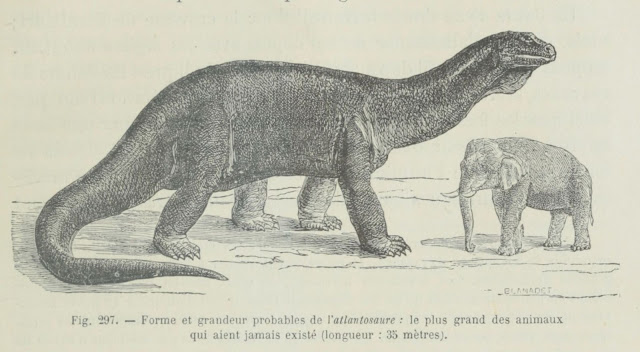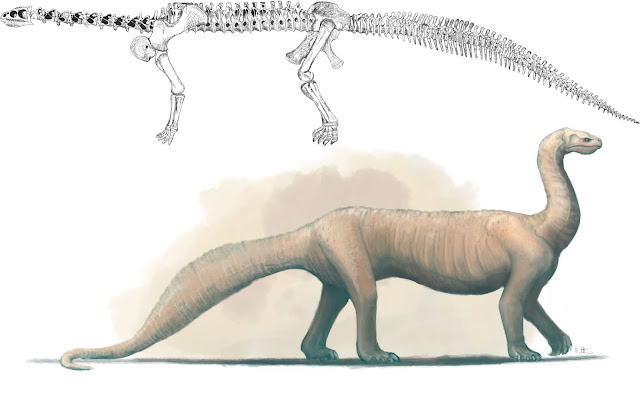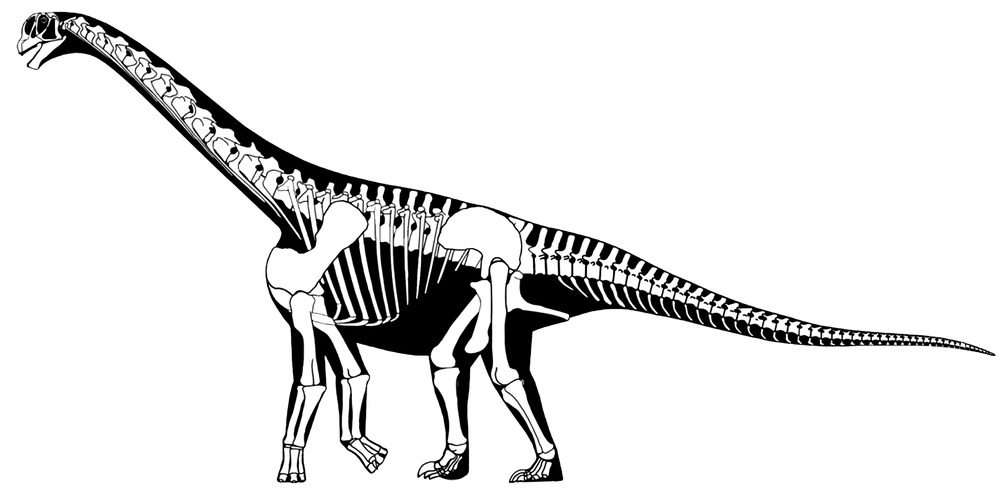Bubblecar said:
An interesting article by Mark Witton tracing the surprising story of sauropod depiction.
>It’s a well-verified fact that the best dinosaurs to draw are the sauropods…. But the route to this modern realisation was a difficult one.
When sauropods were first discovered no one wanted to restore them at all: their fossils were always in the hands of the wrong people, at the wrong time, and our first attempt at restoring their life appearance was many decades after their discovery. A strange story awaits.
The long, winding road to the first sauropod palaeoartworks

> Several Crystal Palace reconstructions were also rapidly embarrassed by new fossil data.
Yes, they would be. No point in painting guesses when even the bone reconstructions were wrong.
> Note the interesting stripes and spotting used here. Although now standard in palaeoartworks, such intricate patterning was rare in 19th century palaeoart
We’re probably wrong. Large animals elephants, hippos and rhinos don’t have intricate patterning. Ditto the large whales. The larger an animal is, the less patterning to expect.
Then and now images of camarasaurus.
Then (lacking rib bones)

Now (much deeper chest now that rib bones have been found).



